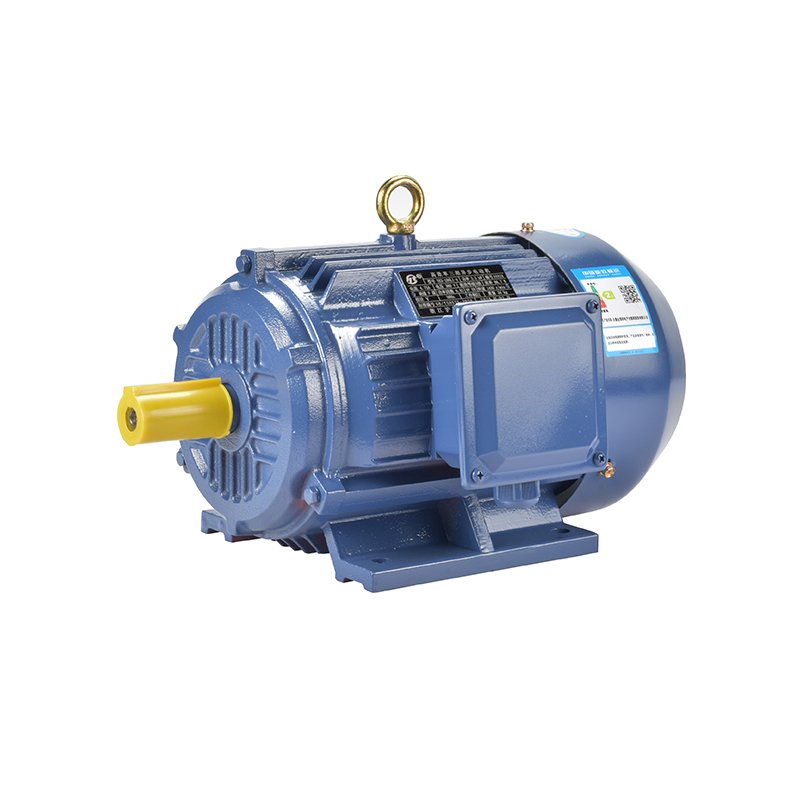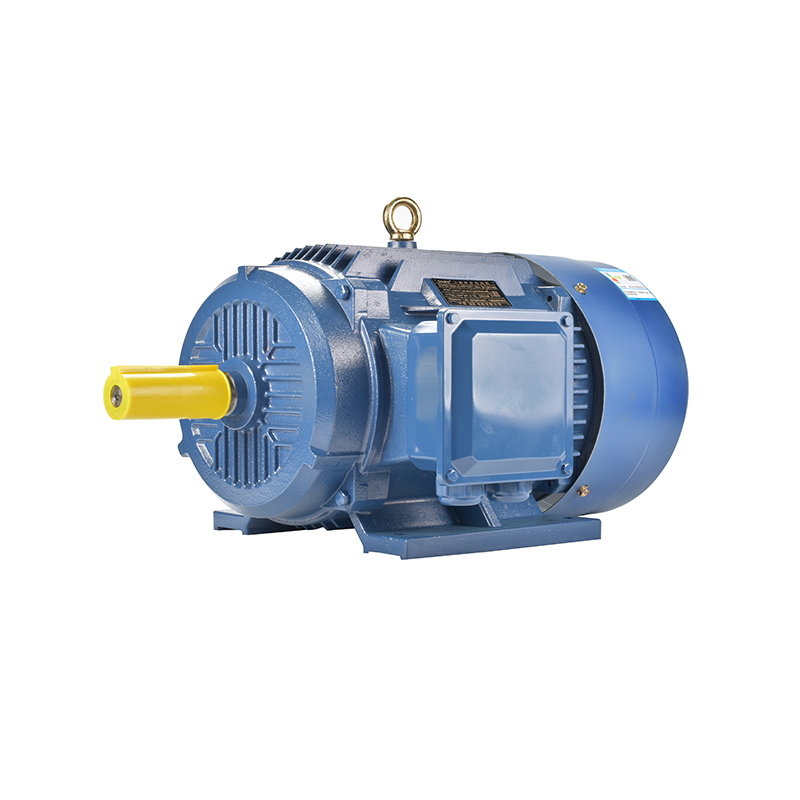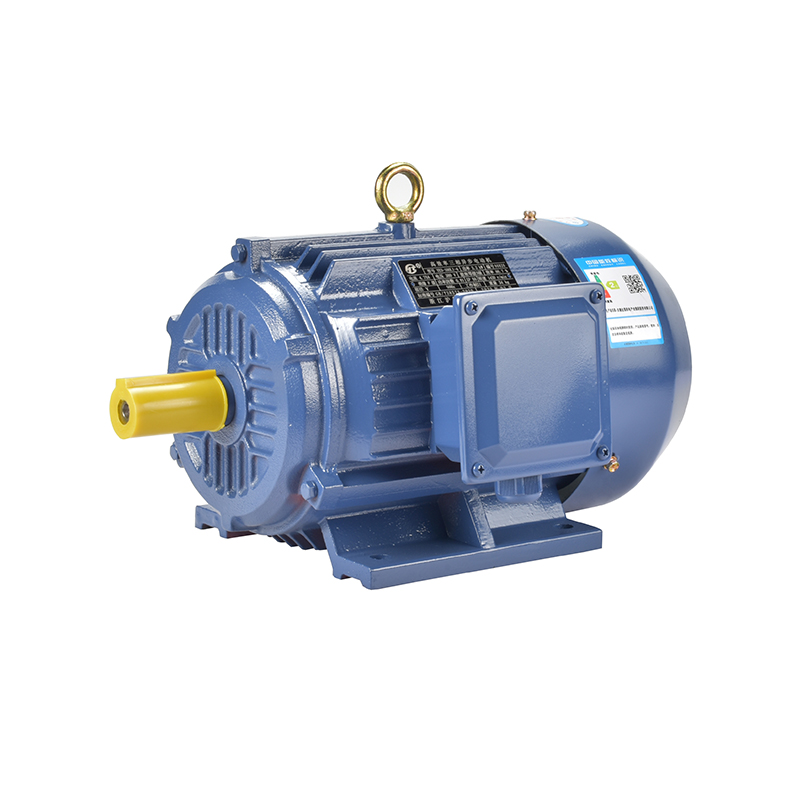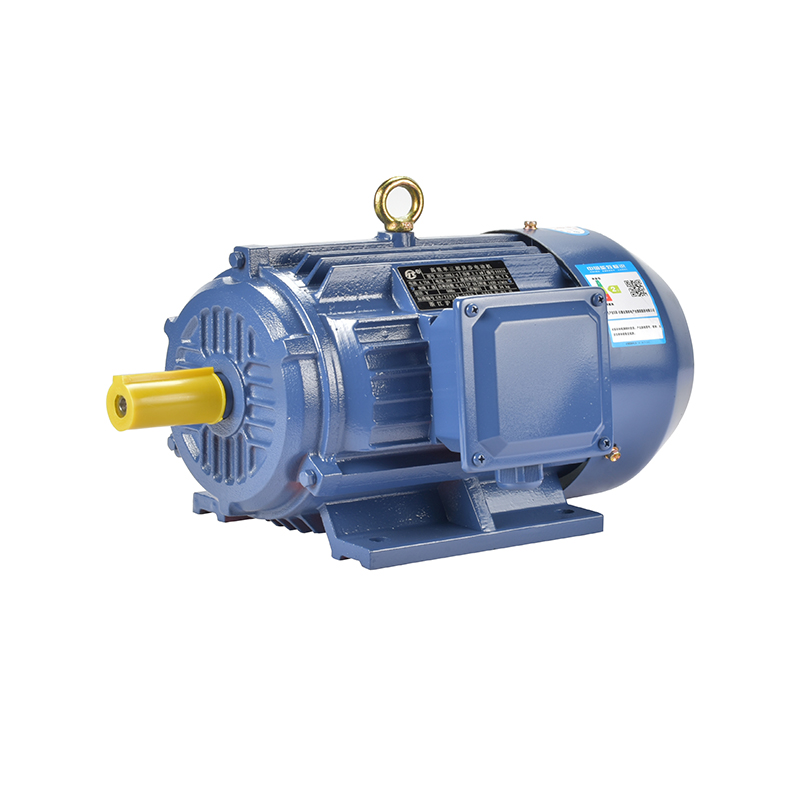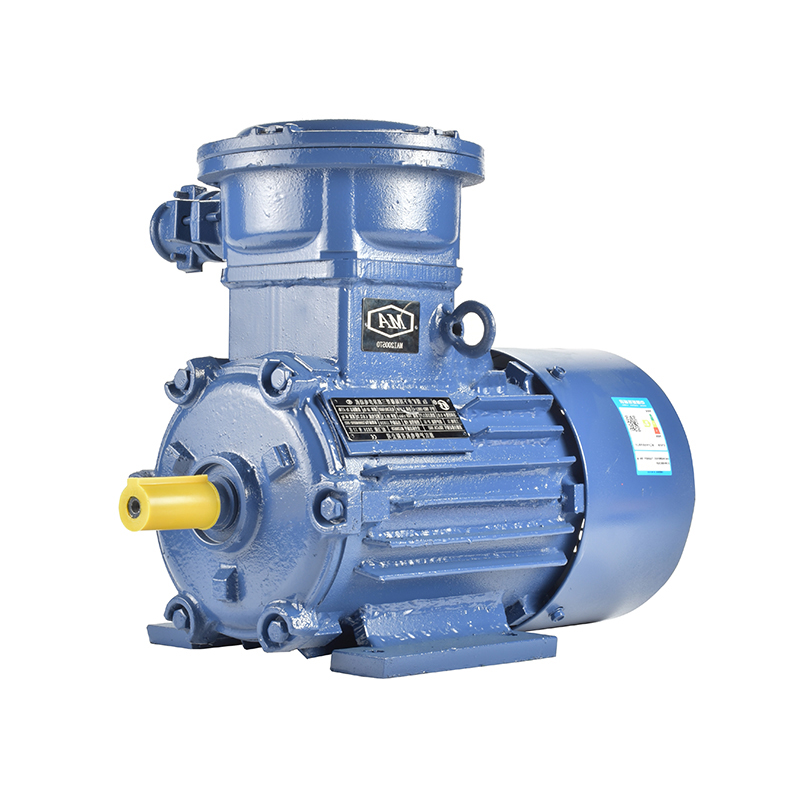How A Refined Motor Design Enhanced Equipment Performance
In modern industrial applications, motor design plays a crucial role in the overall performance of equipment. As manufacturers seek to improve efficiency and reliability, the focus on refining motor structures and technology has become more prominent. This article explores how a refined motor design, particularly involving three phase asynchronous motors, high torque synchronous motors, and magnetic synchronous motors, can significantly enhance the operation of various machinery.

A three phase asynchronous motor is widely used in industrial settings due to its robustness and relatively simple construction. Its design relies on electromagnetic induction to create torque without the need for brushes or permanent magnets. While these motors have been reliable for many years, the refinement of their design has centered around improving efficiency, reducing energy losses, and optimizing thermal management. By fine-tuning the stator winding configuration and enhancing the quality of materials used for the rotor and stator cores, manufacturers have managed to reduce vibrations and noise levels, which in turn advances smoother equipment operation.
One of the key areas of improvement in asynchronous motor design is the balancing of magnetic flux. Uneven magnetic fields can cause increased wear and reduced efficiency, which negatively impacts the lifespan of both the motor and the equipment it powers. Recent refinements focus on precision manufacturing techniques that ensure consistent magnetic flux distribution throughout the motor. This development allows the motor to run cooler and more quietly, which benefits equipment where noise and heat generation are critical concerns.
On the other hand, high torque synchronous motors offer distinct advantages for applications requiring precise speed control and high starting torque. These motors operate differently compared to asynchronous types, as their rotors are magnetically locked in synchrony with the stator's rotating magnetic field. This design allows for more accurate control over speed and position, which is particularly valuable in automation and robotics.
The refined design of high torque synchronous motors often involves optimizing the rotor magnets and improving the electromagnetic circuit within the stator. By carefully selecting the magnet materials and adjusting the rotor shape, engineers can achieve higher torque output without increasing the motor’s size. Additionally, improvements in cooling systems help maintain performance during extended periods of operation, which is vital for continuous industrial processes.
Magnetic synchronous motors represent a specialized category that combines permanent magnets with synchronous operation principles. These motors are gaining attention due to their compact size, efficiency, and ability to maintain steady performance under varying loads. The design refinement for magnetic synchronous motors frequently addresses magnet placement and rotor core geometry to lessen losses and enhance magnetic flux strength.
An important aspect of refining magnetic synchronous motors is reducing cogging torque — the torque ripple caused by the interaction between the permanent magnets and the stator slots. Excessive cogging can advance to uneven motion and vibrations, which may degrade equipment performance. By using advanced simulation tools and precision manufacturing, designers can lessen this effect by optimizing the slot and magnet configuration, resulting in smoother motor operation.
Refined motor designs not only improve performance but also contribute to longer service life and reduced maintenance costs. Equipment powered by well-designed three phase asynchronous motors, high torque synchronous motors, or magnetic synchronous motors typically experiences fewer breakdowns and requires less frequent part replacement. This reliability supports stable production schedules and reduces downtime, which is a critical factor in industrial operations.
Furthermore, enhanced motor designs allow equipment to operate more efficiently under different load conditions. For instance, in applications where variable speed is necessary, synchronous motors with advanced control systems can maintain consistent torque output without sacrificing energy efficiency. This adaptability reduces power consumption and supports environmental sustainability efforts.
In conclusion, the refinement of motor design has a direct and meaningful impact on equipment performance. By improving the construction and electromagnetic characteristics of three phase asynchronous motors, high torque synchronous motors, and magnetic synchronous motors, manufacturers can deliver machines that run smoother, last longer, and adapt better to operational demands. These improvements translate into tangible benefits for industries relying on electric motors for daily operations, emphasizing the value of continued innovation in motor technology.
-
Feedback



 English
English русский
русский Español
Español عربى
عربى

